Romania benefits from the most diversified forms of relaxation. Located in the south-east of Central Europe, this country has both mountains with heights of over 2 500 meters (Moldovan peak), as well as exit to the Black Sea or the Danube Delta.
Throughout history, Romanian culture, architecture, and traditions have been influenced by the empires it faced or the people who migrated through the Carpathian-Danube area. The history and the existence of multiple forms of relief make Romania have innumerable tourist objectives.
Here are some impressive places in Romania that every tourist must visit.
Table of Contents
1. Bucharest
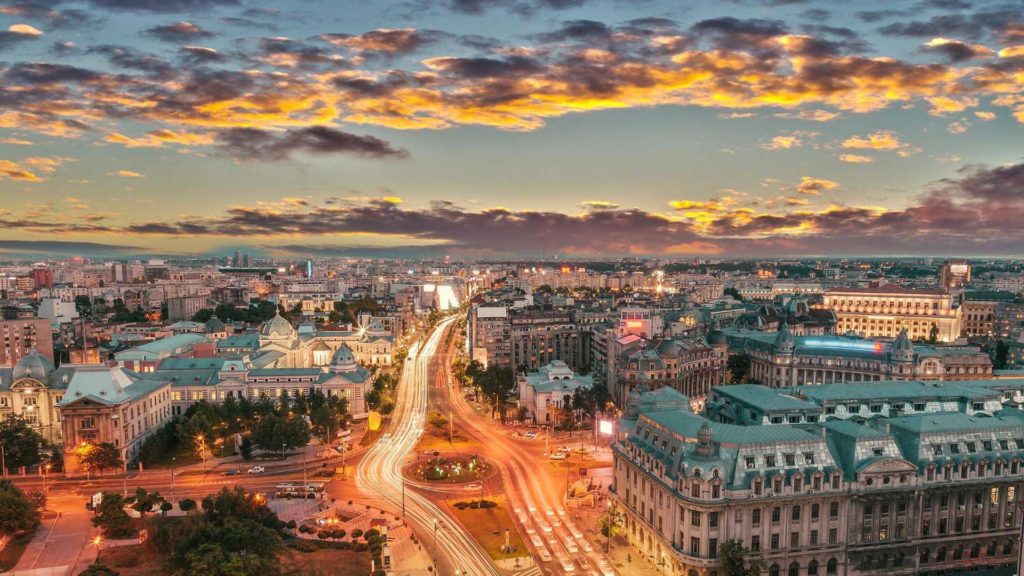
Bucharest, the city that in the past was called the “Little Paris of Eastern Europe”, has always known how to reinvent itself despite the passing of years.
It is a city where contrasts meet: it has more than 500 years of history, a modern identity, a glorious architecture of “La Belle Epoque“, but also buildings from the communist era, huge and impressive parks, public and local markets which make its streets tremble with life.
If you intend to travel more and become a more frequent tourist in Romania, Bucharest is a city that you must not miss. The capital of Romania continues to redefine itself, combining the historical air with the modern life of its inhabitants.
The best way to visit Bucharest and all the amazing places in Romania is to rent a car from Kamoauto. Leaving from Bucharest with a car, you can see the amazing roads of Transfagarasan and Transalpina.
2. Huniazilor Castle
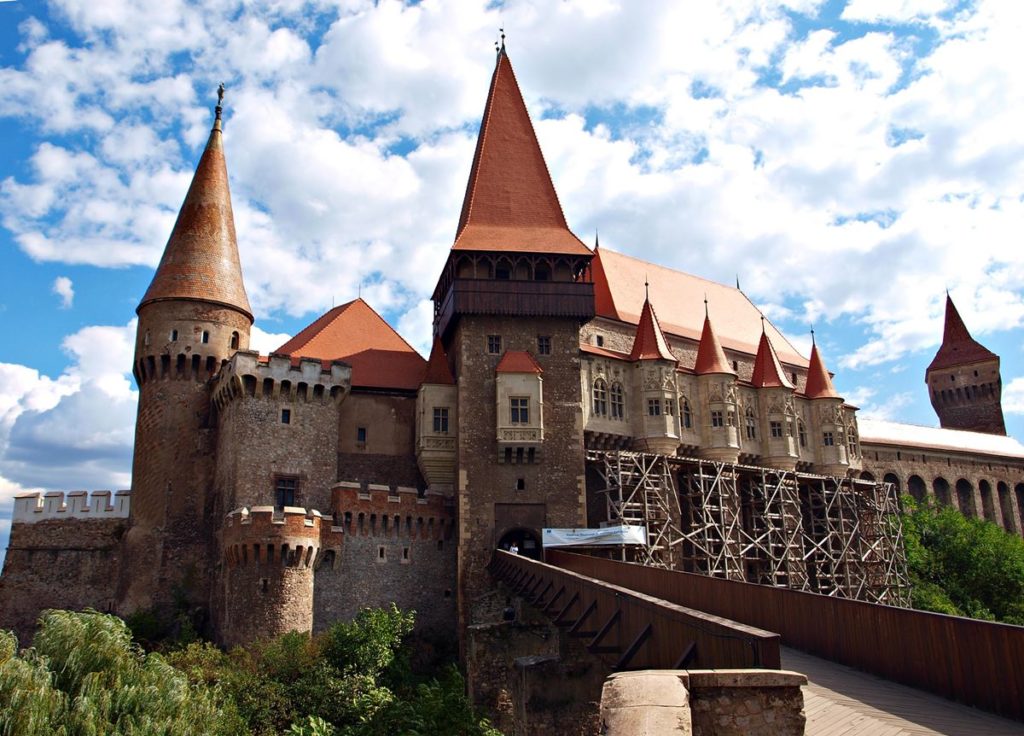
Another special place to visit in Romania is the Huniazilor Castle, considered one of the most beautiful castles in the world. From 1278 we find the first documentary attestation of the castle under the sign of the House of Anjou. Around the castle, various legends have formed over time, which play a fairytale.
3. Horses Waterfall
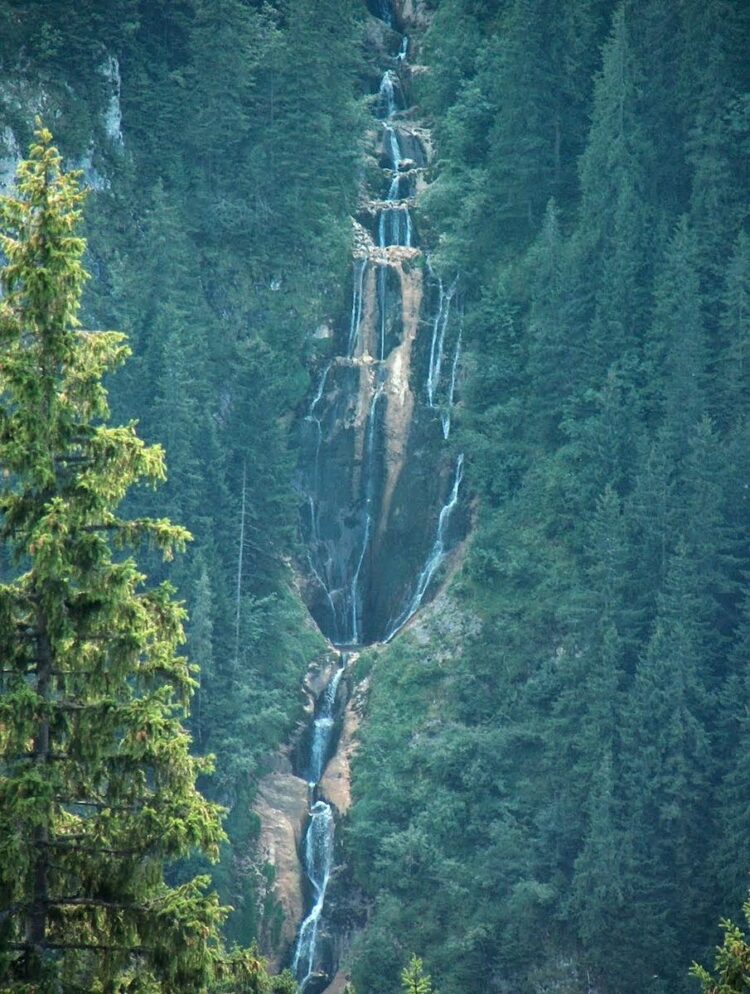
In order to see the Cailor Waterfall, the largest waterfall in Romania, you must first arrive at Borsa, the tourist resort located in the east of Maramures county, near the Rodna Mountains National Park.
Borsa is a locality especially appreciated by winter sports lovers, nearby there are several quality slopes (the most important – Runc-Stiol, which has a length of 2 km) but also a natural trampoline (90 m long) intended for those who dare to “fly” with the skis.
4. Sulina
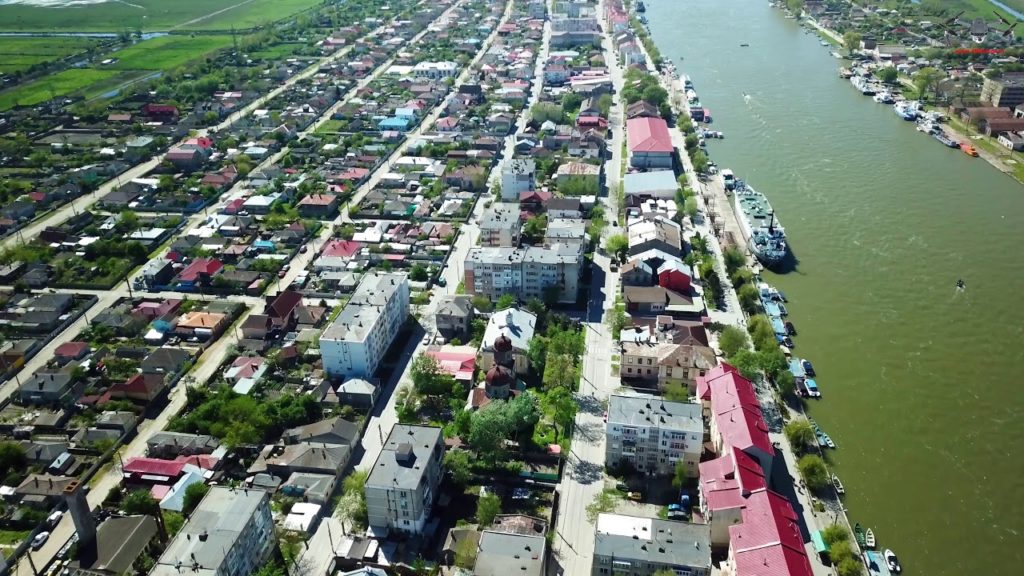
Of course, the Danube Delta is one of the regions of Romania where you have to come at least once in your life. But Sulina, the true “capital” of the Delta, is the place where you will probably feel like you are in a particular paradise.
It is not easy to reach – after leaving the car in Tulcea you will make about 4 hours by boat to this port city. Sulina is not a big city – there is a maximum of 4000 inhabitants – but its estimated age of about 2700 years places the city among the oldest localities of the country.
Beyond the mention of Sulina over the centuries, the city really appears on the map of geographical importance in the 19th century, when the European Danube Commission transformed the village from a fishing village into a city of major importance for European river traffic.
In that period, in fact (between 1860 and 1870) two of the most representative monuments of the city were built: the Lighthouse and the Palace of the European Commission.
5. Transfagarasan and Transalpina
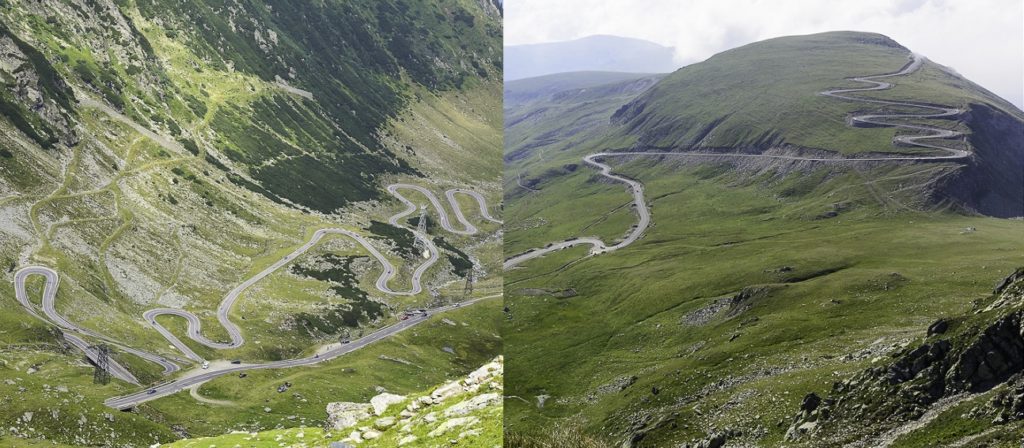
The construction of the Transfagarasan road began in 1969, at the initiative of Ceausescu, who wanted a road that would connect the south and the center of the country and make it easier to take over the woods in the Fagaras Mountains.
Transfagarasan has a length of about 92 km (after others, 117 km) and stretches between the towns of Bascov, from Arges and Cartisoara county, from Sibiu county, reaching the highest altitude at 2042 m, in the Balea tunnel area. About 8 months a year, the road is closed on a 27 km stretch due to the danger of avalanches and rockfalls.
Transalpina, the road in Romania at the highest altitude (2145 m, in Urdele Pass), crosses the Parang Mountains, making the connection between Novaci (Gorj) and Sebes (Alba).
